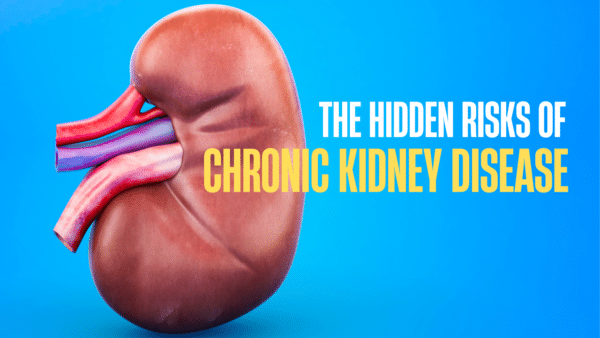Sickle cell anemia is a severe inherited blood disorder where red blood cells assume an abnormal, rigid, sickle shape. These cells sometimes get stuck in small blood vessels, slowing or blocking the blood flow and oxygen to body parts. Understanding the symptoms, causes, and potential complications is crucial for managing the condition and ensuring a better quality of life for those affected.

Overview of Sickle Cell Anemia
Red blood cells, typically flexible and round, take oxygen and transport it from the lungs to all parts of the body. In sickle cell anemia, these cells become crescent-shaped due to a mutation in the hemoglobin protein, which carries oxygen. This shape prevents them from flowing smoothly, causing a range of health issues.
Primary Symptoms of Sickle Cell Anemia
Painful Episodes
One of the most significant indicators of sickle cell anemia is sporadic episodes of pain, termed ‘pain crises.’ These crises result from blockage in the small blood vessels.
Fatigue and Anemia
Due to the rapid destruction of sickle cells, affected individuals often experience anemia, leading to fatigue.
Frequent Infections
Sickle cell anemia can damage the spleen, a vital organ for fighting infections, making patients more susceptible to infections.
Delayed Growth
In children, a shortage of healthy red blood cells can slow growth and delay puberty.
Vision Problems
Blocked blood vessels can damage the retina, leading to vision problems.
Underlying Causes of Sickle Cell Anemia
Sickle cell anemia is caused by a mutation in the gene that instructs the body to produce hemoglobin. This mutated form of the hemoglobin is called hemoglobin S (HbS). When oxygen levels inside the cell are low, HbS molecules cluster together, causing the cell to sickle.
Genetics Play a Crucial Role
This condition is inherited. An individual needs two copies of the defective gene (one from each parent) to develop the disease. If only one copy is inherited, that person will have the sickle cell trait but won’t show symptoms of the disease. However, they can be carriers and potentially pass it on to their children.
Complications Stemming from Sickle Cell Anemia
Organ Damage
The reduced blood flow causes damage to organs, including the liver, kidney, and spleen, impairing their function over time.
Stroke
Blocked blood flow can also affect the brain, leading to conditions like strokes.
Acute Chest Syndrome
This condition, characterized by chest pain, fever, and difficulty breathing, is caused by inflammation, infection, or blockages in the lungs.
Leg Ulcers
Decreased blood circulation can lead to open sores on the lower legs.
Conclusion
Sickle cell anemia is a challenging condition resulting from genetic mutations in the hemoglobin protein. By understanding its symptoms, causes, and associated complications, medical professionals can better assist patients in managing and mitigating its effects. Regular check-ups, a healthy lifestyle, and staying informed plays a crucial role in improving the quality of life for those with this condition.

